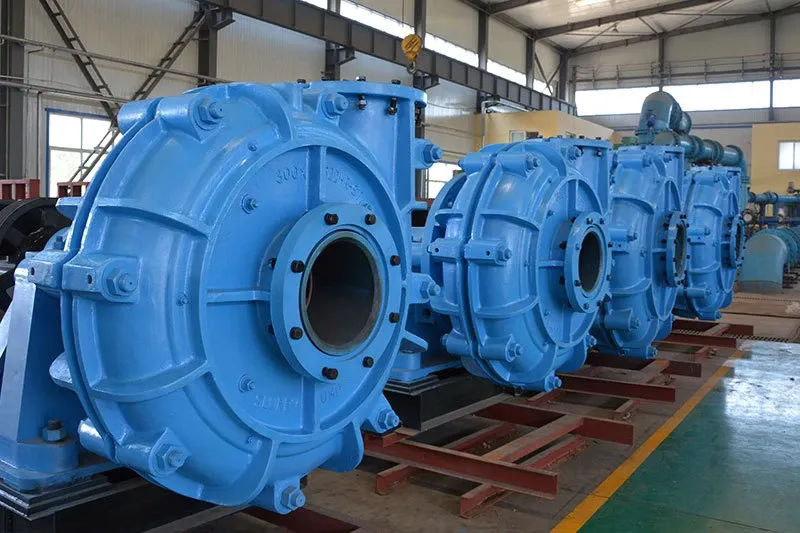Setting Up a Snow Fence A Complete Guide
As winter approaches, the beauty of freshly fallen snow can soon transform into a challenge. Heavy snow accumulation can lead to hazardous conditions, making driving difficult and even causing property damage. One effective solution to manage snow buildup is the installation of a snow fence. This article will guide you through the process of setting up a snow fence, its benefits, and essential considerations.
What is a Snow Fence?
A snow fence is a barrier designed to reduce snow accumulation in certain areas, especially near roads, driveways, and buildings. By controlling where the snow drifts, a snow fence can help ensure that these areas remain clear, making winter maintenance easier and safer.
Benefits of a Snow Fence
1. Reduction in Snow Drifting The primary purpose of a snow fence is to intercept and redirect blowing snow. By altering wind patterns, a snow fence can push drifting snow away from roadways and sensitive areas.
2. Increased Safety By preventing excessive snow buildup on roads and walkways, snow fences enhance safety for both pedestrians and vehicles. This is especially crucial in regions prone to heavy snowfall.
3. Cost-Effectiveness Installing a snow fence can be more economical than relying solely on snow removal services. It minimizes the need for frequent plowing and salting, saving time and money.
4. Protects Vegetation Snow fences can help protect sensitive plants and landscaping from heavy snow loads, reducing the risk of damage.
Choosing the Right Location
Before setting up your snow fence, it’s essential to determine the best location. A snow fence should be placed where domestic areas meet open fields or large expanses of snow. Here are some guidelines
- Distance from the Road Generally, a snow fence should be located between 20 to 50 feet from the area you wish to protect, depending on local wind conditions. This distance allows the snow to dissipate without directly impacting roadways.
- Orientation Place the snow fence perpendicular to the prevailing winds. This orientation maximizes the fence's effectiveness in blocking wind and redirecting snow.
- Height and Structure The height of your snow fence can impact its effectiveness
. Ideally, a snow fence should stand at least 3 to 5 feet tall, though the height may vary based on typical snow cover in your region.setting up a snow fence

Materials and Construction
When it comes to materials, snow fences can be constructed using various options
- Wooden Slats This traditional method involves vertical wood boards spaced apart to allow wind to pass through while still capturing snow.
- Plastic Fencing Lightweight and easy to set up, plastic fencing is becoming increasingly popular for its durability and weather resistance.
- Mesh or Wire Using wire mesh allows for some wind passage while still slowing down drifting snow.
Regardless of the materials you choose, ensure that the fence is sturdy enough to withstand strong winter winds.
Installation Steps
1. Mark the Area Decide where to place your snow fence and mark the corners with stakes.
2. Dig Holes for Posts For wooden fences, dig holes about 2 feet deep for the vertical posts.
3. Set the Posts Use concrete or gravel to secure the posts in place, ensuring they are upright and stable.
4. Attach the Fencing Material If using wooden slats, attach them securely, ensuring gaps are wide enough for wind to pass through while capturing snow.
5. Regular Maintenance After installation, inspect the snow fence regularly during the winter months. Make adjustments as necessary to maintain its effectiveness.
Conclusion
Setting up a snow fence is a practical and efficient way to manage snow accumulation around your property during the winter months. By choosing the right location, materials, and construction methods, you can significantly reduce snow drifting, enhance safety, and protect your landscape. With careful planning and installation, your snow fence will serve you well for many winters to come.
















